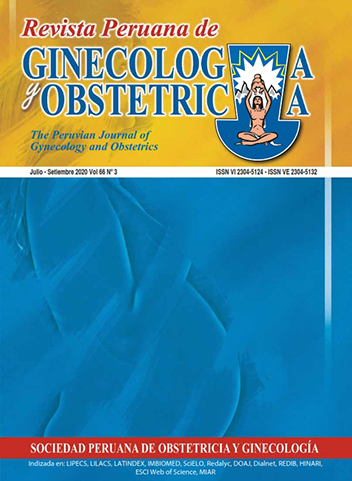Steps forward and backward in the COVID-19 pandemic
DOI:
https://doi.org/10.31403/rpgo.v66i2272Abstract
It has been 9 months – time like a pregnancy - when we had the communication from Wuhan, China, about a viral disease caused by SARS-CoV-2, on December 31, 2019. Since then, the virus has invaded practically the whole world. Its morphology, genome and its selective attachment to the angiotensin converting enzyme 2 (ACE2) receptor are now known. The ACE2 receptor is abundant in the endothelium of arteries and veins, but also in the epithelium of the respiratory tract(1). By entering the human body and multiplying, it causes an acute respiratory distress syndrome that is followed by cardiogenic shock, thromboembolic events, involvement of bronchi, lungs, the nervous system(2), renal failure(3), compromise of the gastrointestinal system(4), mental disorders(5), skin problems(6), among others. The child seems to be infected less, often aymptomatically, but his viral load may infect adults(7). The lower development of COVID-19 in children would be associated with a lower number of ACE2 receptors in their respiratory tract, some protection given by common colds, lower levels of inflammatory cytokines, among others(8).Downloads
Download data is not yet available.
Downloads
Published
2020-11-06
How to Cite
Pacheco-Romero, J. (2020). Steps forward and backward in the COVID-19 pandemic. The Peruvian Journal of Gynecology and Obstetrics, 66(3). https://doi.org/10.31403/rpgo.v66i2272
Issue
Section
Editorial
















